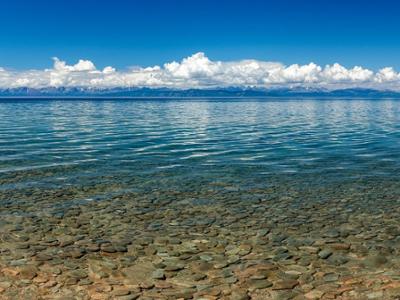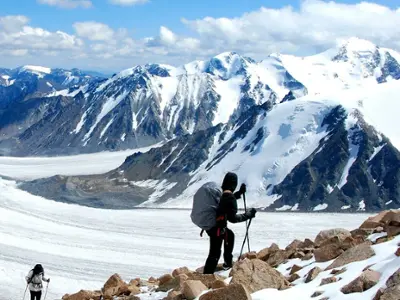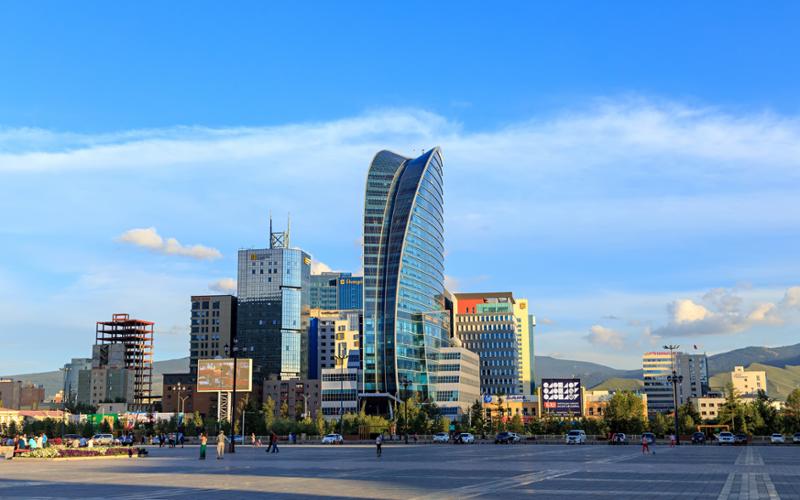
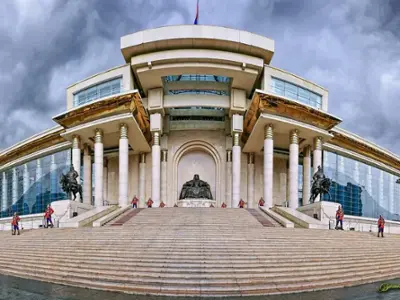

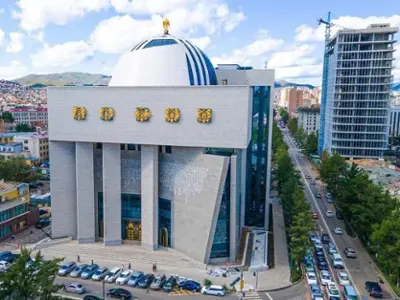
Ulaanbaatar city
Ulaanbaatar is the dynamic capital of Mongolia, where ancient traditions meet modern energy. Home to over 1.6 million people, this city offers a unique blend of Buddhist heritage, Soviet-era architecture, and a rapidly growing urban scene. Whether you're discovering monasteries, museums, bustling markets, or enjoying a night out, Ulaanbaatar is the perfect gateway to exploring Mongolia’s diverse landscapes and nomadic culture.
General Information
- Country: Mongolia
- Region: Central
- Population: Approx. 1.6 million
- Elevation: 1,350 meters above sea level
- Climate: Cold semi-arid (long winters, short summers)
What to See
- Gandan Monastery – Mongolia’s largest active monastery and center of Buddhism
- Chinggis Square – The heart of the city with grand statues and government buildings
- National History Museum – Learn about Mongolia's ancient empires and nomadic life
- Zaisan Hill – Panoramic views over the city and memorials from WWII
- Traditional Markets – Naran Tuul and Black Market offer colorful local life
Best Time to Visit
- May to September – Pleasant weather and festivals like Naadam
- December to February – For those seeking a true winter adventure
Travel Tips
- Dress in layers — weather changes quickly
- Use taxis or apps like UBCab for safe transport
- Most locals speak some English in hotels and tourist areas
- Cash is common; ATMs are available city-wide

